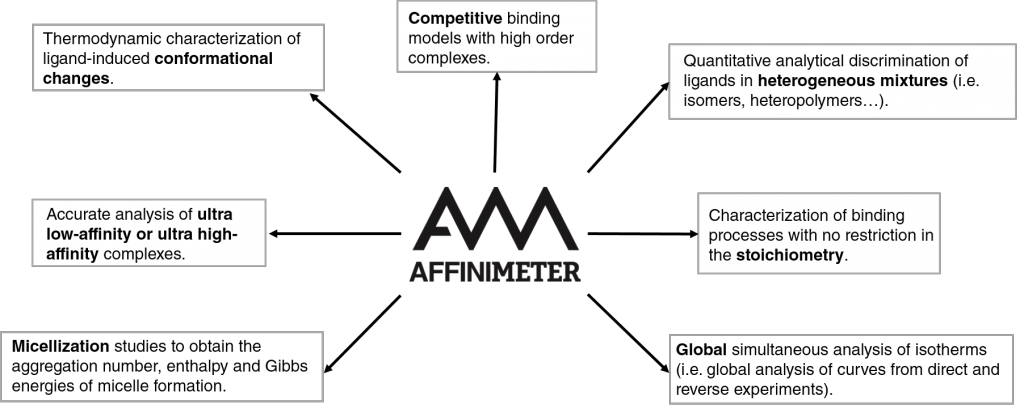The second day at CALCON 2014 started with Matthew Auton (Mayo Clinic of Minnesota) receiving the “Sting Sunner Memorial Award”. He presented his work on the thermodynamics properties of the domains of the von Willebrand factor, which mutations results in the so-called von Willebrand disease, the most common inherent bleeding disorder in man.
During the plenary session, Heiko Heerklotz (University of Toronto) showed interesting results of ITC experiments titrating surfactant into lipidic liposomes and lipidic solution into micelles systems. Analysis of this complex isotherms provides information to characterize the phase boundaries between micellar phase, fluid, ordered and gel-phase membranes.

Joseph Emerson (Mississippi State University) presented his work in complex equilibria associated with metal ions coordination in dioxygen-activating enzymes. His group uses ITC data to understand how this enzymes discriminate between available metal ions.
The “hot topic” in the other thematic sessions and during the posters presentation continues being the study of structure and stability of DNA quadruplexes related to the human telomere sequence.
AFFINImeter presented the poster “AFFINImeter: A new tool to analyze Isothermal Titration Calorimetry experiments” where we showed how AFFINImeter opens up new possibilities for the application of the ITC technique such as:

